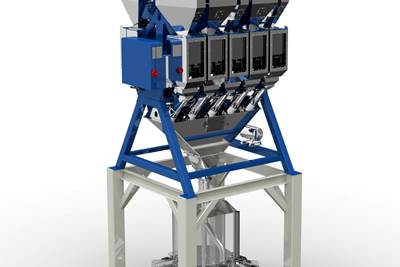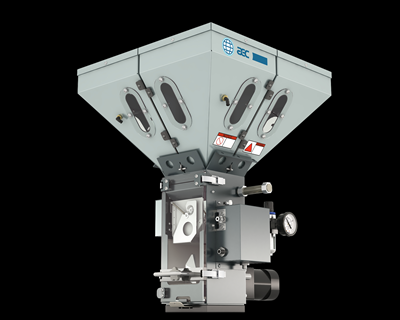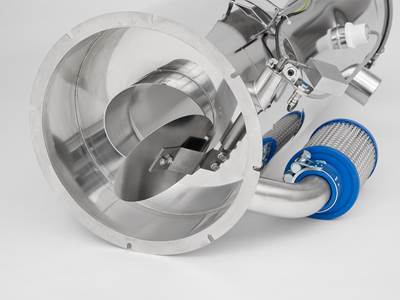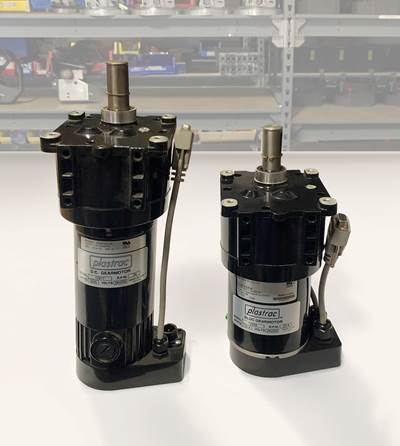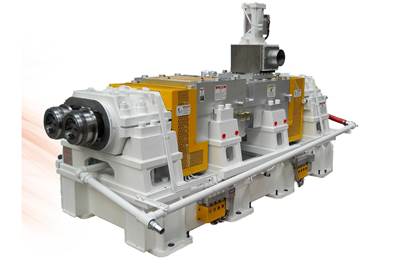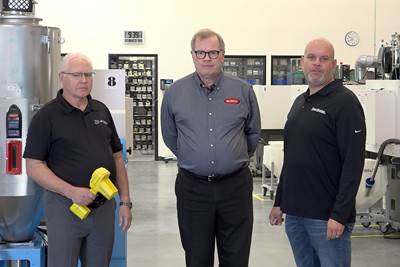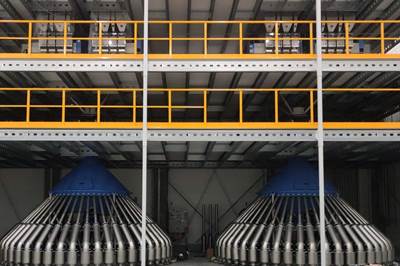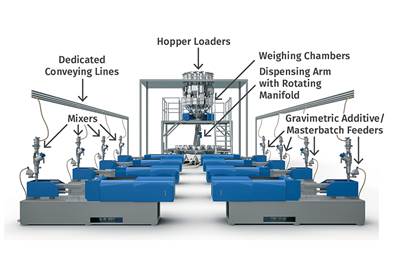Feeding and Blending
Feeding and blending systems are used to meter or dose materials into the primary processing machine. Types include gravimetric blending; volumetric blending; plastics feeding and mixing; plastics dosing.
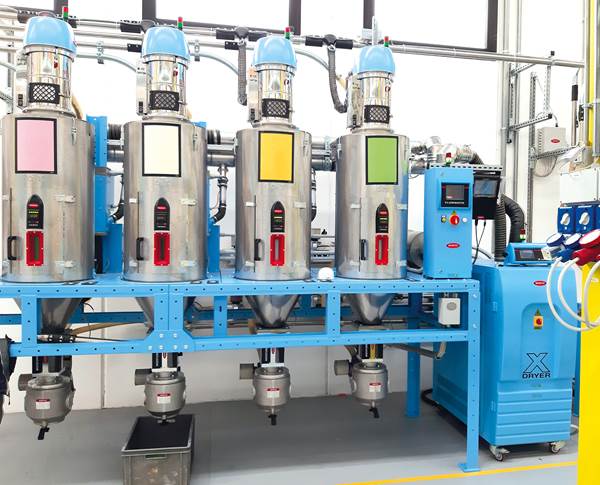
ESSENTIAL READING
VIEW ALLFive Quick Steps Toward Better Blending
Rising costs of resins and additives, along with higher demands for quality and use of regrind, place a premium on proficient blending. Here are some steps to get you there.
Read MoreHow to Ensure Reliable Feeder Performance When Handling PCR
Processors are being challenged to incorporate more recycled material into their products. Yet there are both economical and technical obstacles to achieving this objective—feeding among them. The design of your feeding equipment and the advantages that it will offer to your process will be more important than ever.
Read More10 Things to Know When Specifying Vacuum Conveying Systems for Powders
The priority is to maximize movement of powders while minimizing dust exposure.
Read MoreUnderstanding Low-Rate Feeding for Continuous and Batch Processes
Molders and extruders that need to feed tiny amounts of material to their process require precision in both the material being fed and the equipment doing the dosing. When a shot size consists of three pellets, there is no margin for error.
Read MoreOptimize Feeding to Get More Money in Twin-Screw Compounding
Follow these practical examples to improve the feeding efficiency and productivity of your process.
Read MoreHow to Troubleshoot Your Feeder to Achieve Optimal Performance
Even the tiniest improvements in compounding feeder accuracy can improve profits. Here’s how to keep your feeding system in the pink.
Read MoreLatest Feeding & Blending News And Updates
Automated Resin Management and Blending System
NPE 2024: Ampacet Liad’ Smart BlendSave Compact uses patented weighing and blending technology to manage increasing number of resin and PCR materials.
Read MoreRelaunched Chillers, Blenders, Dryers
NPE2024: New auxiliaries from AEC include chiller that meets new standards for refrigerants.
Read MoreAEC Extends Warranty on BD Series Blender
Coverage extended from previous term of one year.
Read MoreLoaders, Blenders Made Specifically for Medical Processors
NPE2024: FDA-compliant auxiliaries suited for injection, extrusion, blow molding.
Read MoreBlenders Now Come with Brushless Motors
NPE2024: New, more compact units deliver more efficiency, greater feed capacity, and next to no maintenance requirements.
Read MoreContinuous Mixer Supports Mechanical and Chemical Recycling Applications
NPE2024: Recycling solution works for a variety of situations including pyrolysis.
Read MoreFeatured Posts
Five Quick Steps Toward Better Blending
Rising costs of resins and additives, along with higher demands for quality and use of regrind, place a premium on proficient blending. Here are some steps to get you there.
Read MoreCaptive Molder Beefs Up Auxiliaries to Boost Quality, Consistency
SeeScan adds conveying, drying, feeding and chilling technologies to improve quality — and enhance employee safety — in production of its underground/underwater inspection systems.
WatchFilm Processor Automates Complex Resin Management, Blending & Distribution System
Polipak of Poland moves to BlendSave system to support sustainability and Industry 4.0 objectives.
Read MoreNovel System Produces Color on Demand
Ampacet’s FluxQF technology features a quick-dispersion universal carrier with novel machinery that provides automated color blending in quantities down to 50 lb.
Read MoreHigh-Torque Twin & Novel Feeding System Debut for Compounding
ENTEK takes the wraps off three innovations aimed at increasing productivity.
Read MoreNew Central Blending System Offers Greater Accuracy, Flexibility
Developed by Israel’s LIAD and available from Ampacet, system features dedicated ingredient weighing hoppers conveyed to specific machines to eliminate the risk of batch contamination.
Read MoreFAQ: Feeding & Blending
How to get better blending?
1. Blend it up close
2. Say no to static
3. Pay attention to receivers
4. Thwart those bridges
5. Learn to deal with regrind
Compounding feeders that don’t feed accurately typically produce off-spec finished products and require extended periods of downtime to recalibrate or fix, resulting in decreased production rates and lost profits. In all industries, the improvement in accuracy performance by even 0.025% of ingredient feeding can result in significant overall profits.
Proper installation, ideal weighing configurations, and appropriate choice of weighing controls can result in the avoidance of a variety of future feeder problems. For a complex feeder system—such as multiple loss-in-weight (LIW) feeders feeding powder and pellets into mixers or extruders—external influences such as vibration, platform stability, and upstream/downstream equipment connections can all affect a feeder’s performance. Informed knowledge of the significance of these influences is key to optimizing its performance.
How to optimize feeding technology?
It is expected that feeder controls can easily connect to industrial networks and key process data, which has become a critical criterion in evaluating not only feeder performance but also real-time indication of the complete process.
Feeding & Blending Supplier Categories
- Blenders (non-intensive)
- Recycled/Reprocessed Materials--Ground Flake Form
- Desiccant for Dryers
- Liquid Mixers
- Conveying Equipment (pneumatic and Mechanical)
- Metal Detectors, Separators
- Silos
- Valves, Gates, Diverters
- Hoppers, Bins, Tanks
- Recycled/Reprocessed Materials--Bale or Bulk Form
- Box Tilters
- Custom Size-reduction (Grinding) Services
- Hopper Loaders
- Motionless Mixers
- Metering, Proportioning Equipment
- Intensive Nonfluxing Mixers
- Dryers for Resins
- Bag and Drum Dumpers
- Semi-bulk Containers
- Feeders
- Intensive Fluxing (melting) Mixers
- Recycled/Reprocessed Materials--Pelletized Form
- Biodegradable, Photodegradable Resins and Compounds
- Weigh Scales
- Tumblers
- Roll Mills
 (2).jpg;maxWidth=970;quality=90)
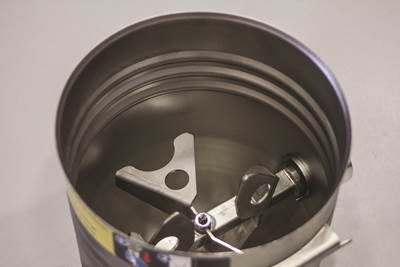
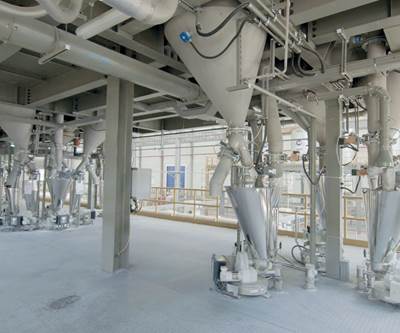
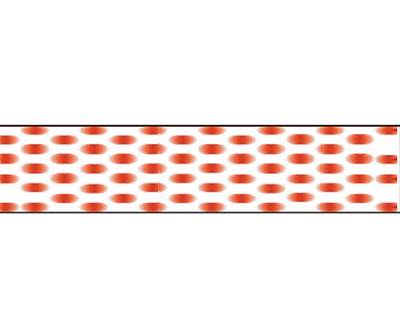
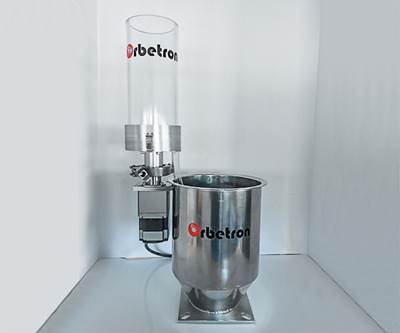
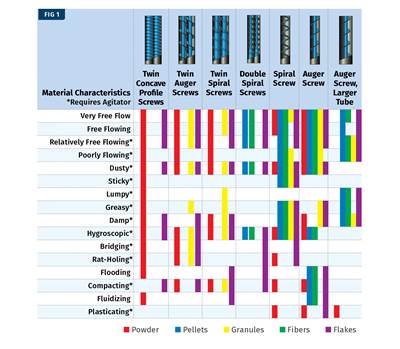

 (2).jpg;maxWidth=300;quality=90)
 (1).jpg;maxWidth=970;quality=90)
